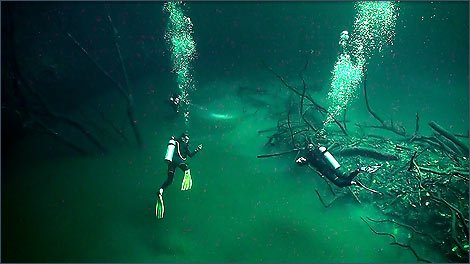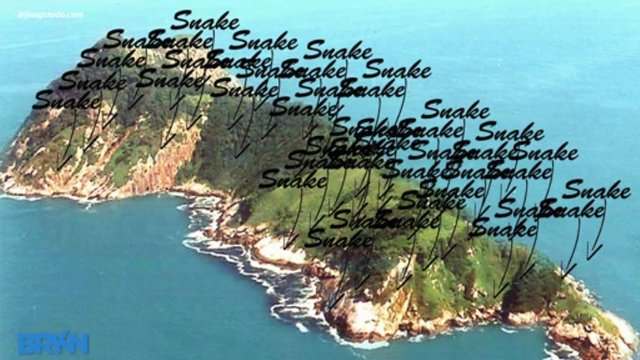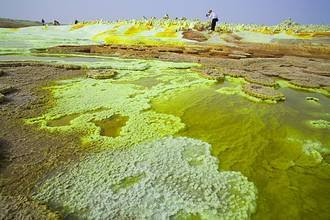Dangerous Places Part 2: 5 More of Nature's Most Deadly Places
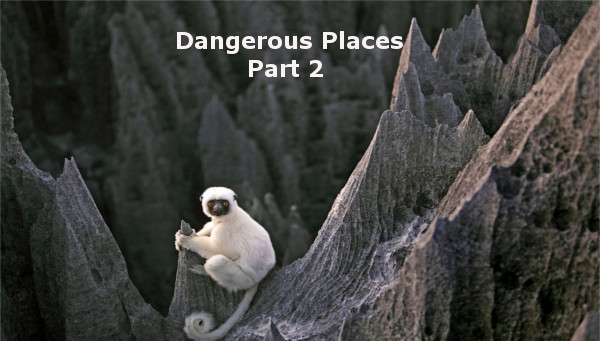
This little rock we call home is very efficient at keeping us alive. It is also efficient at killing us too. In our attempt to explore this planet we have found places that don't wish to be explored. These places as mentioned in Dangerous Places Part 1 do their best to keep us at bay. In my search to show you even more dangerous places, I have found places ready to take our life.
Tsingy de Bemaraha, Madagascar
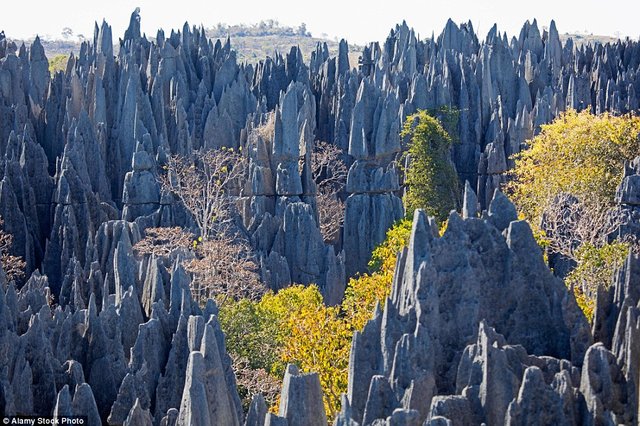
Tsingy translates to "where one cannot walk barefoot" due to the rough conditions in the park. Limestone spears crisscross and can easily cut bare skin. Razor sharp rocks shoot up 230 ft into the air making this an Isolated and inhospitable place.
Those who venture in often leave crawling out and in need of medical care; because of this fact the park is largely unexplored. Are you thinking about climbing through the park? The sharp edges of the rocks tear climbing ropes to shreds. This is basically one large 230 mile field of spikes. Watch your step!
Because of these circumstances the endemic creatures have stayed hidden in there bio fortress. Every time biologists trek into the park they find new never before seen species. A few cuts and scrapes are worth getting to name an animal after you.
Movile Cave, Romania
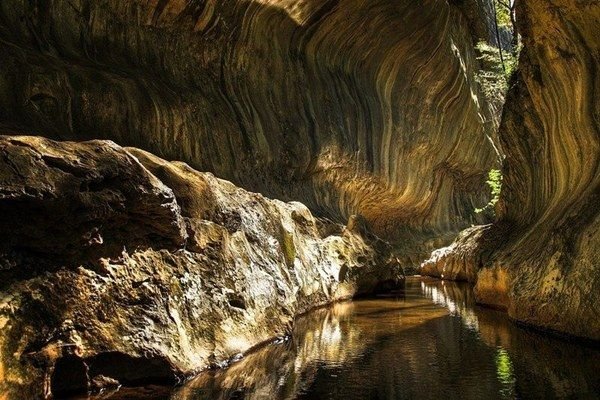
Discovered in 1986 and isolated for 5.5 million years few humans have entered the cave. The Romanian authorities sealed this cave because it is one of the most poisonous places on earth. Once you have permission to enter the cave you have to descend 65 ft down a narrow limestone shaft into pitch black. The only light is what you bring.
Once you have landed you’re greeted by a humid 77 °F atmosphere and more darkness. Eventually you will find yourself in the lake room. This is a lake you'll want to stay out of as it is heavy sulphidic water but if you brought the proper scuba gear you can dive into the lake.
What makes this cave so poisonous is the air. We like to breathe 20% oxygen. This cave is less than generous at 10% oxygen. As a bonus you also get to breath in carbon dioxide and hydrogen sulfide. The smell given off is of rotten eggs or a really bad fart. Hope you can hold your breath!

Photo Source
Despite the bad air and complete darkness there is life here. Sweet dreams!
Cenote Angelita Cave, Mexico
While we are on the subject of caves and swimming let’s take a trip to Cenote Angelita Cave, Mexico. Luckily we have come prepared with scuba gear because we can dive right in. The Cenote is an underwater open cave system with the added bonus of liquid hydrogen sulfide. This is the safest of my dangerous places because people dive into the cave all the time. You’re protected from the hydrogen sulfide by your scuba gear.
The real danger lies in exploring these open cave systems. Surrounded by water and limited light it is easy to become disoriented. Other divers may kick up silt that can obscure you view and the guide lines can be hard to see.
Cenotes are for experienced divers. And you should do your home work if you decided to go. Are you ready to take a dive with me?
Snake Island - Ilha da Queimada Grande, Brazil
This beautiful little island off the coast of Brazil looks picturesque. The snakes have been pointed out on the picture. If you hadn't guessed there are a lot of snakes on this island. The golden lancehead calls this place home and can be found nowhere else on earth. It is believed that there are between one and five snakes per square meter. They are everywhere!
Their poison will melt the flesh away from the bite area in minutes and death follows soon after. Because of this the Brazilian Navy has forbid anyone from even stepping foot on the island but this hasn't stopped people. There are several tales about people being killed on snake island. One tale involves a family that lived in the light house and the other a fisherman picking bananas.
Recently a group of people went to snake island to treasure hunt. The treasure was supposedly left behind by other's that dared enter snake island. These treasure hunters did make it off the island, but did not find their treasure.
Danakil Desert, Ethiopia
After all the swimming and the tropical island full of deadly snakes maybe a break in a desert would help us out. Hope you brought water and sun screen as the temperature can get up to 122 °F. This is one of the harshest environments on earth and few people live here. It is also one of the most unique landscapes because of it's multiple colors and it looks like nowhere else on earth.
Aside from the volcano and acidic hot springs it’s not that bad of a place to explore. The most recent volcanic eruption took place in 1926. So it's been a while. Even with little volcanic activity one must be careful as to where you step. One wrong move could end your day with burns.
I've tried to keep human violence out of my dangerous places, but to visit this place it is recommended to take an armed guard as there have been attacks on tourists.
Naifaz
Sources:
http://www.travelmadagascar.org/PARKS/Tsingy-Bemaraha-National-Park.html
http://www.bbc.com/earth/story/20150904-the-bizarre-beasts-living-in-romanias-poison-cave
https://www.bookyourdive.com/blog/2013/4/12/cenote-diving
http://www.atlasobscura.com/places/snake-island-ilha-de-queimada-grande
http://geology.com/stories/13/dallol/
